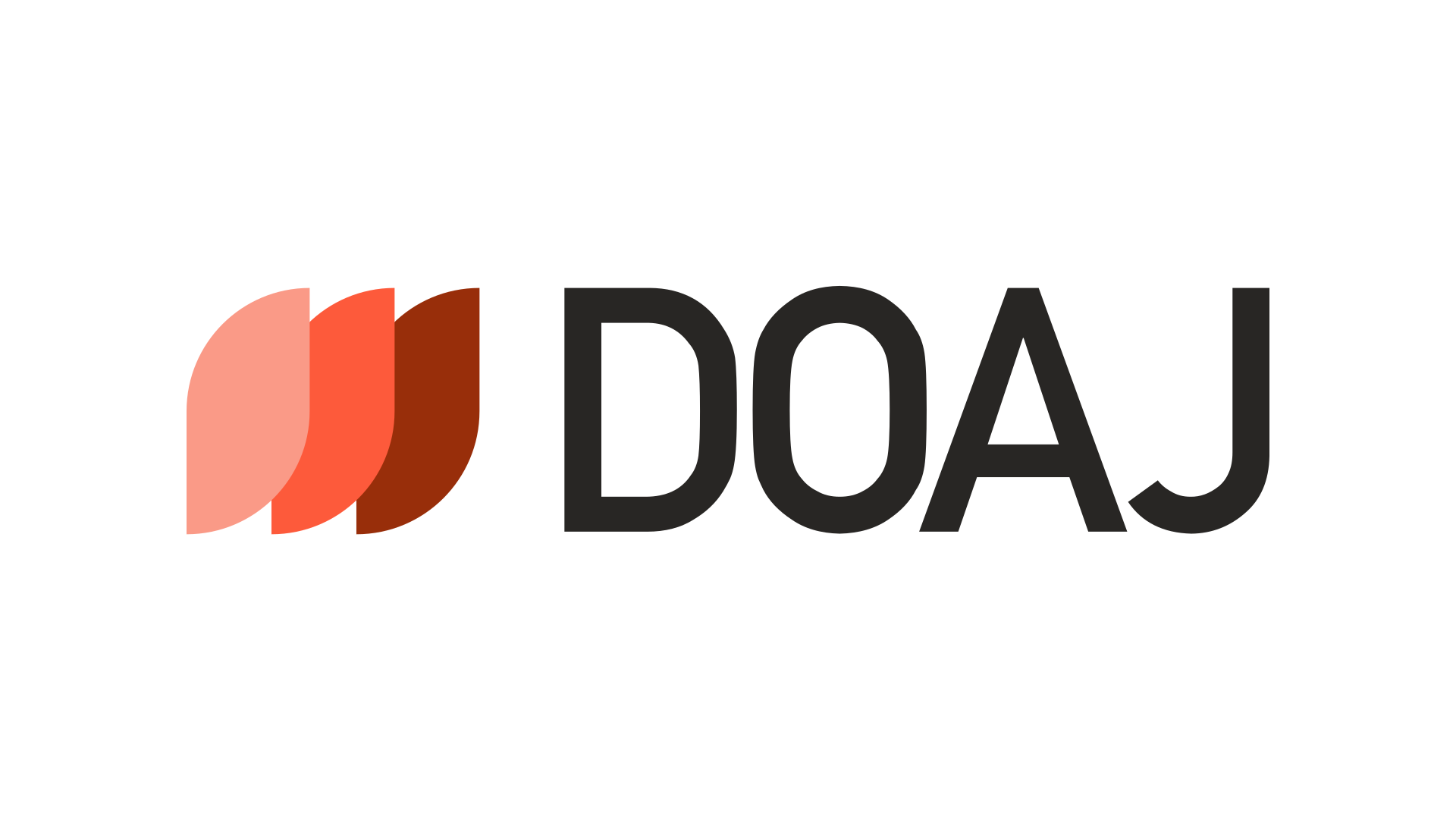Abstract
Aim: This study used both high resolution and medium resolution satellite imagery to test three semi-automated remote sensing methods, in an attempt to identify useful tools to support eye-witness testimony and reports on human rights violations. As huts are routinely burned down during attacks on a village, particularly in Sudan, the number of huts and villages burned can be used to corroborate on-the-ground reports.
Methods: Three remote sensing methods (Supervised Classification, Change Detection, and Feature Extraction) were performed on imagery from both before the attacks in February 2006 and after the attacks to examine any useful trends that could be used by researchers when manually examining the satellite data.
Results: In general, Supervised Classification methods performed unsatisfactorily. Some classes, such as water and agriculture, had high accuracy rates; however pixels classified as villages performed poorly. The Change Detection method delivered inconclusive results. Feature Extraction, when combined with the kernel density “hot spot” method, appears to be a useful tool to identify villages. The after imagery had no surviving villages in the study area, so Feature Extraction could not be completed on the after imagery and an accurate assessment of the method cannot be fully ascertained.
Conclusions: The results of this study indicate that Feature Extraction is a useful ancillary tool to the practice of manual identification, particularly in places similar to Darfur with semi-arid grassland and rural huts and villages. In addition, the kernel density function when paired with Feature Extracted is a useful tool for visual analysis of clustered villages.
Acknowledgements
The authors would like to thank the DigitalGlobe Foundation for providing a generous satellite imagery grant, for which this study could not have been completed.
DOI
http://dx.doi.org/10.5038/1911-9933.8.3.3
Recommended Citation
O'Connell, Tommy and Young, Stephen
(2014)
"No More Hidden Secrets: Human Rights Violations and Remote Sensing,"
Genocide Studies and Prevention: An International Journal:
Vol. 8:
Iss.
3:
5-31.
DOI:
http://dx.doi.org/10.5038/1911-9933.8.3.3
Available at: https://digitalcommons.usf.edu/gsp/vol8/iss3/5



